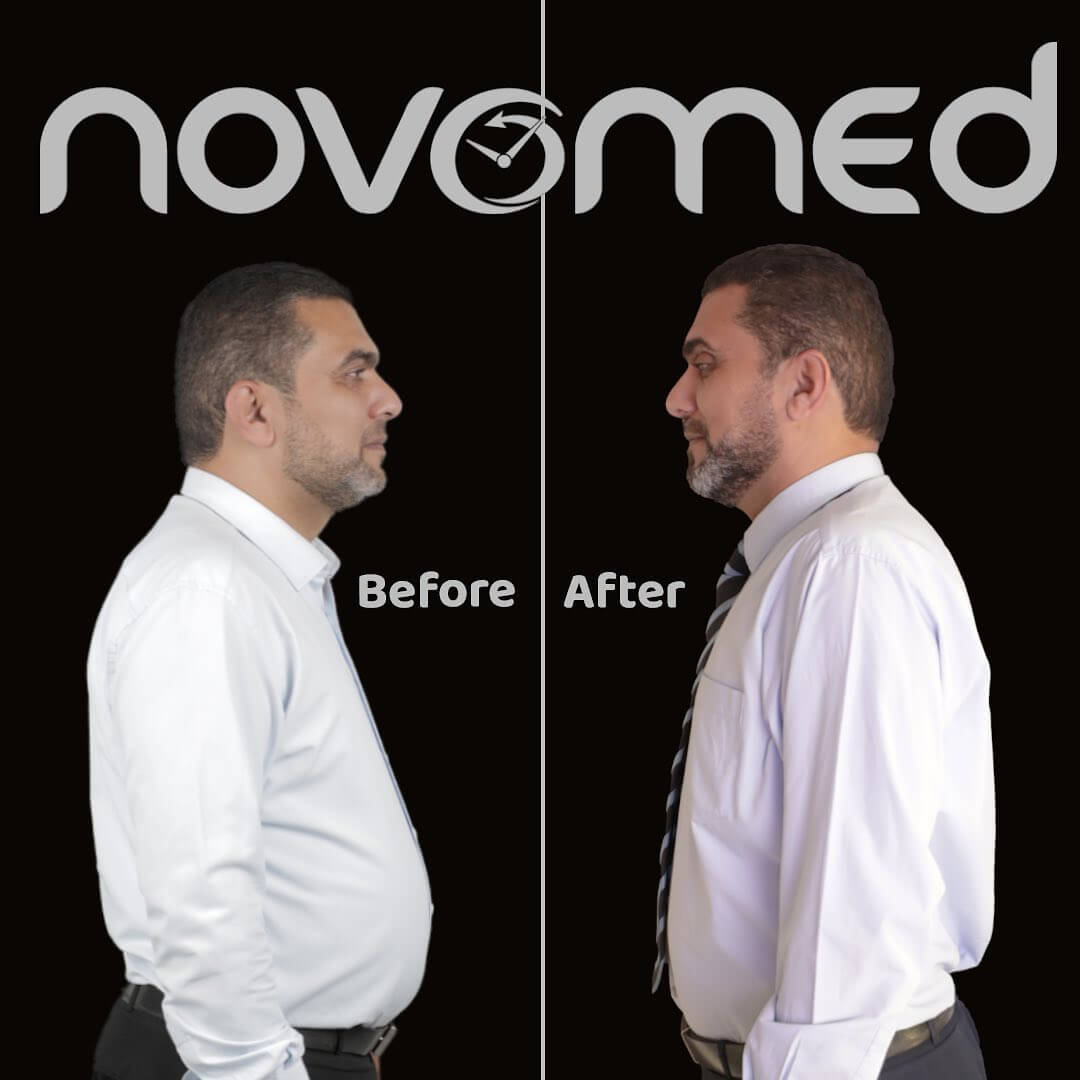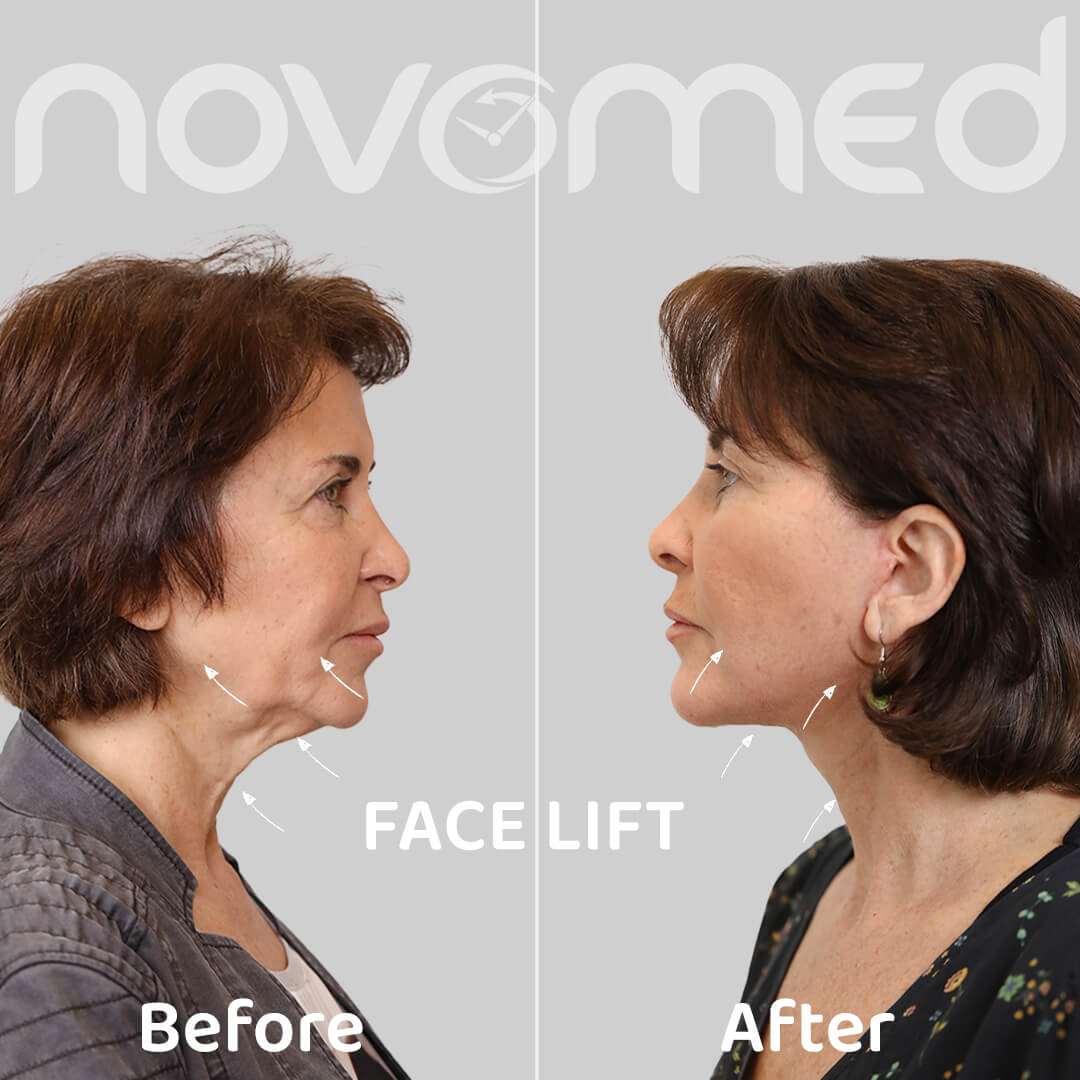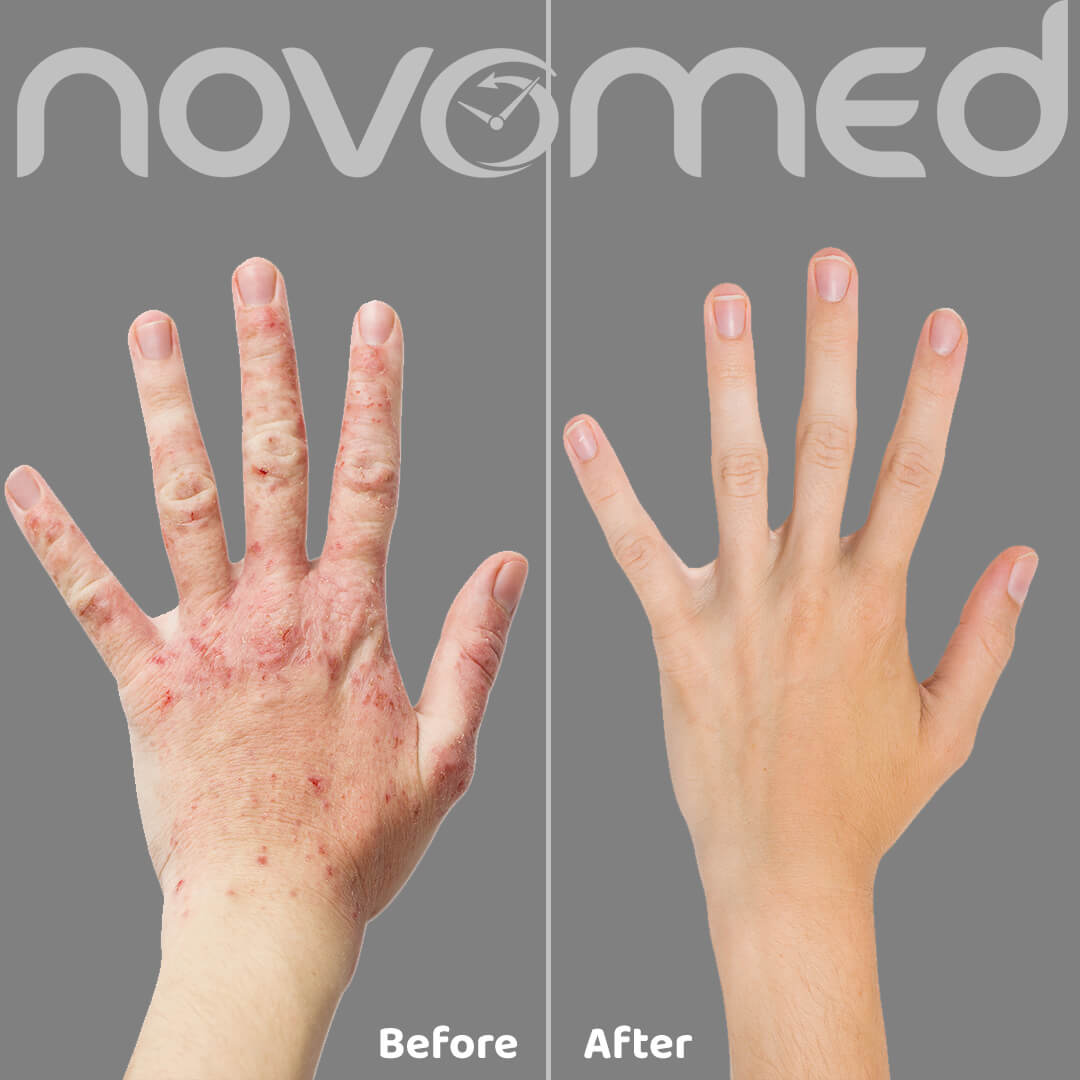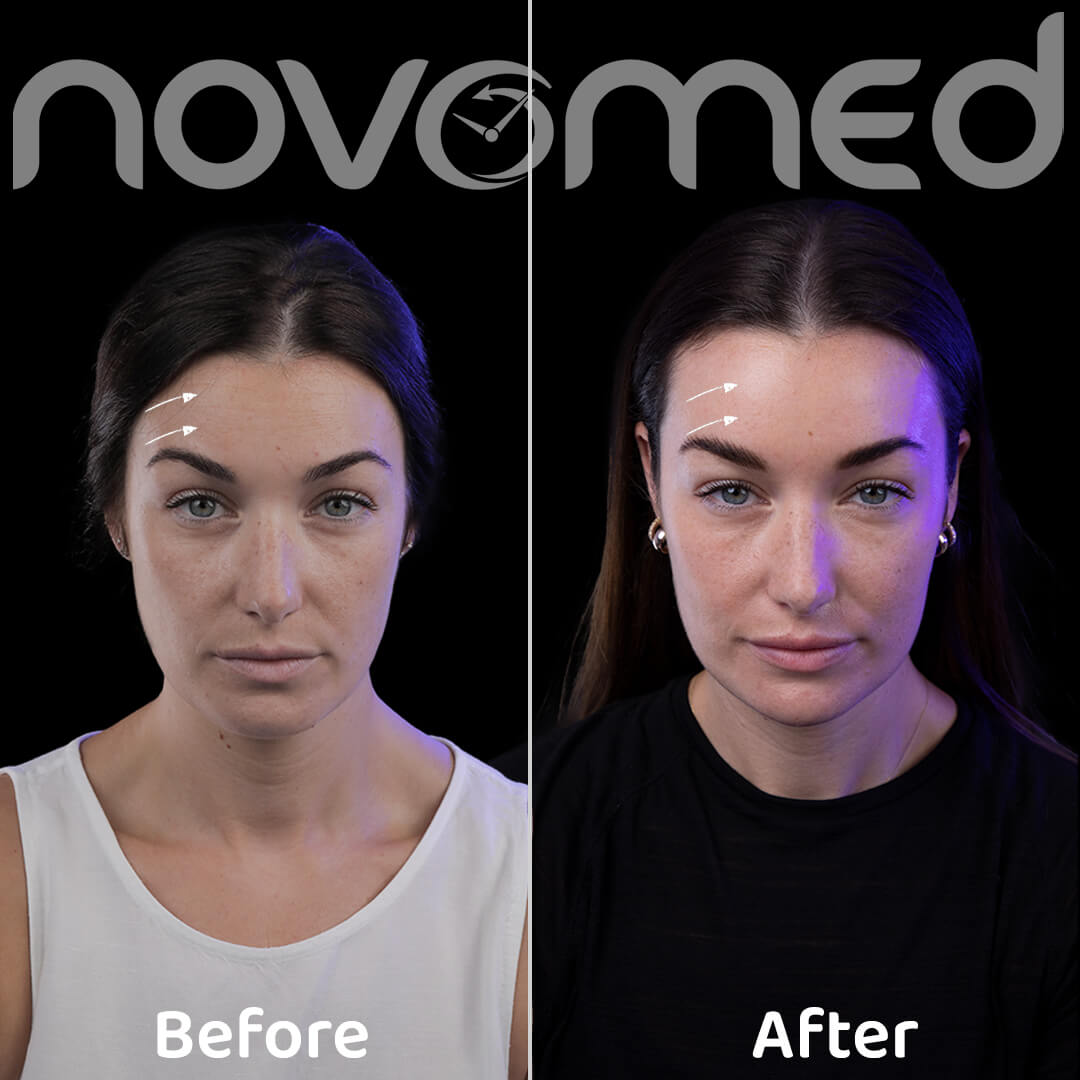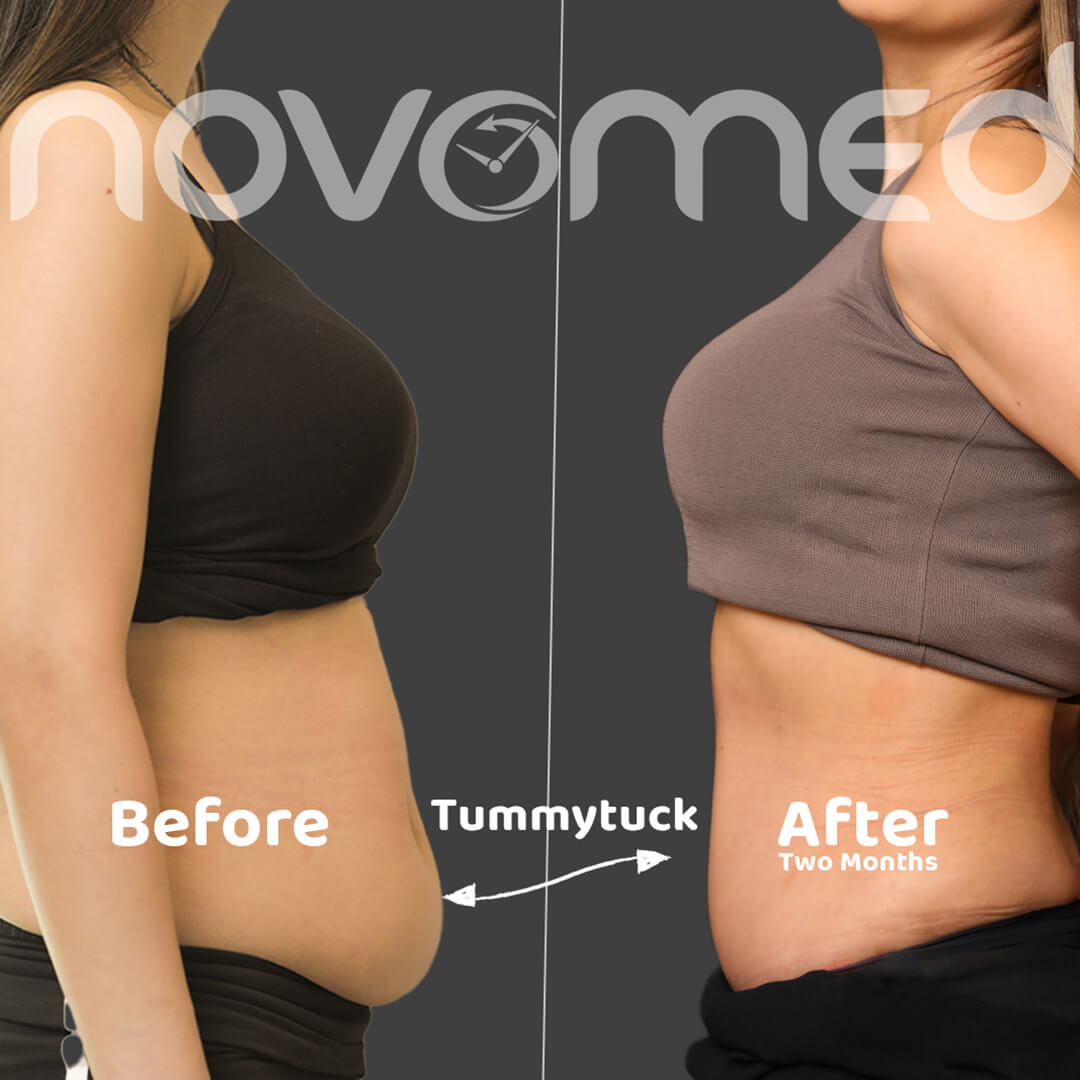Appendectomy is the surgical removal of the appendix when it becomes infected or inflamed. It is one of the most common emergency procedures in the world.
The appendix is a small blind-ended tube attached to the colon. It’s located in the lower-right side of the abdomen and it doesn’t have a known function.
Appendicitis occurs when the lining of the appendix is blocked which causes the appendix to become inflamed and filled with bacteria and pus.

SYMPTOMS OF APPENDICITIS
- Feeling of pain when pressing the lower right part of the abdomen.
- Intense pain in the abdomen that increases over time.
- Pain increases with coughing, walking or any sudden movement.
- Nausea and vomiting.
- High temperature.
- Constipation or diarrhea.
- Abdominal swelling.
- Loss of appetite.
TREATMENT
When the appendix becomes inflamed, it must be removed promptly, or it may rupture and cause several complications. Appendicectomy can be performed laparoscopically or through traditional open surgery.
Laparoscopic Appendicectomy
Laparoscopic appendectomy is a surgical resection in which small incisions are made by the surgeon in the patient’s abdomen, and then a thin flexible tube connected to a camera and lamp at the end is inserted. The tube is connected to a broadcast screen that helps the doctor locate the organ to be removed safely.
During the surgery, the doctor makes three small incisions in the abdominal wall. The procedure then begins by inserting a laparoscope and pumping carbon dioxide in the abdomen to inflate it and make the organs inside the abdominal wall easier to see. The next step is the process of cutting and excising the appendix and removing any remaining infectious material. After the appendix is removed, the incisions are closed with sutures and covered with sterile bandages.
Open Appendicectomy
Open appendectomy is performed by making one incision in the lower-right part of the abdomen. After that, the appendix is removed, and the incision is stitched. This procedure is performed in cases of obesity, or bleeding problems during the procedure and it allows the doctor to clean the abdominal cavity if the appendix has ruptured.
Recovery Time

Recovery time depends on several factors including:
- The severity of the infection.
- Whether the appendix is ruptured or not.
- The overall physical condition.
- The type of appendicectomy performed.
The patient may be able to go home the same day as the surgery if the appendicitis wasn’t severe; however, if the appendix has ruptured, the patient will need to stay for longer at the hospital and will receive powerful antibiotics and remain under observation for any signs of complications.
During recovery, the patient should refrain from heavy lifting, check the bandages for any signs of infection, avoid wearing tight clothes, and hold a pillow over the stomach and apply pressure before coughing to minimize pain on incision sites. The doctor may prescribe medication to relieve the pain and might also prescribe antibiotics to prevent an infection after surgery.










